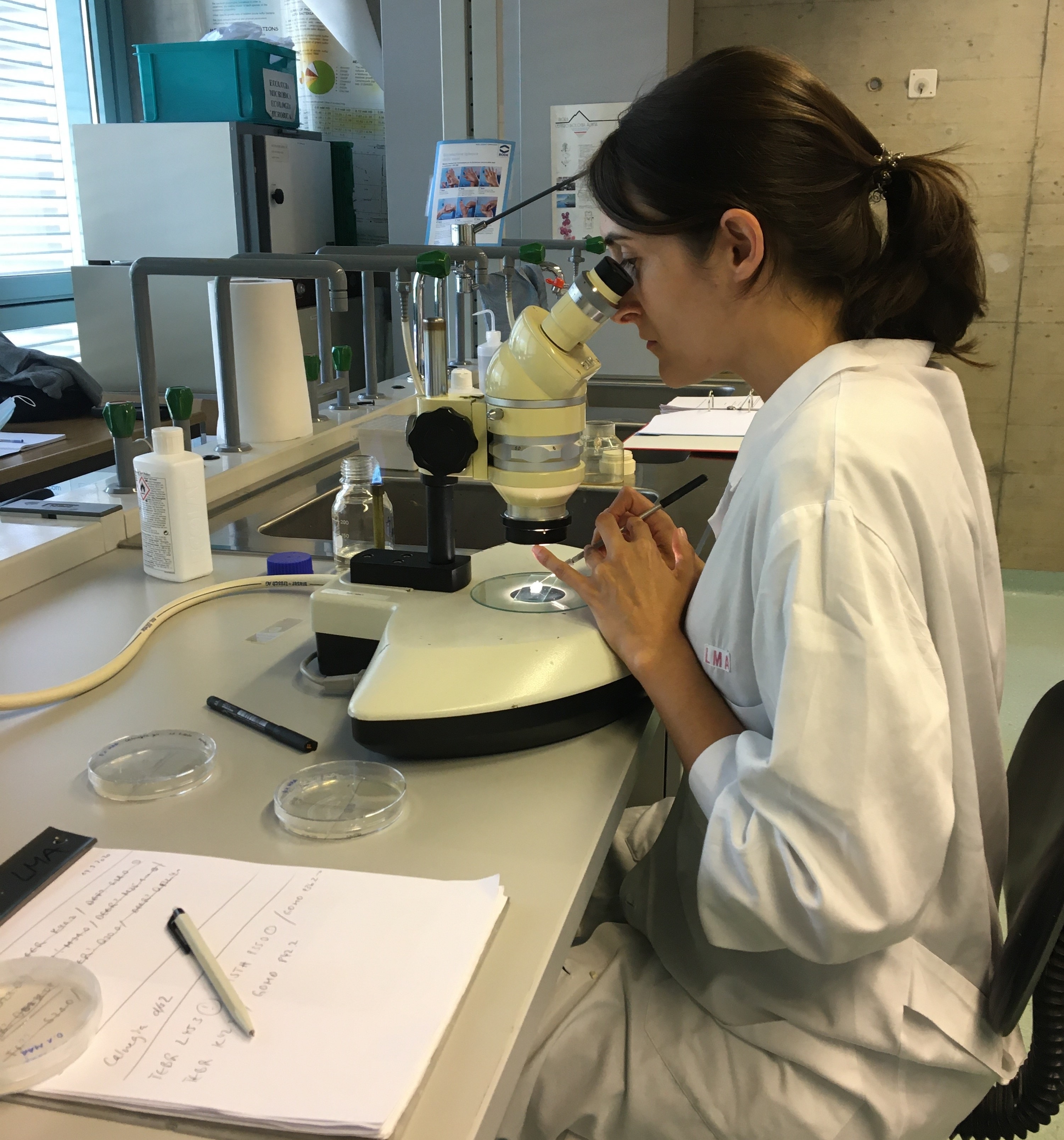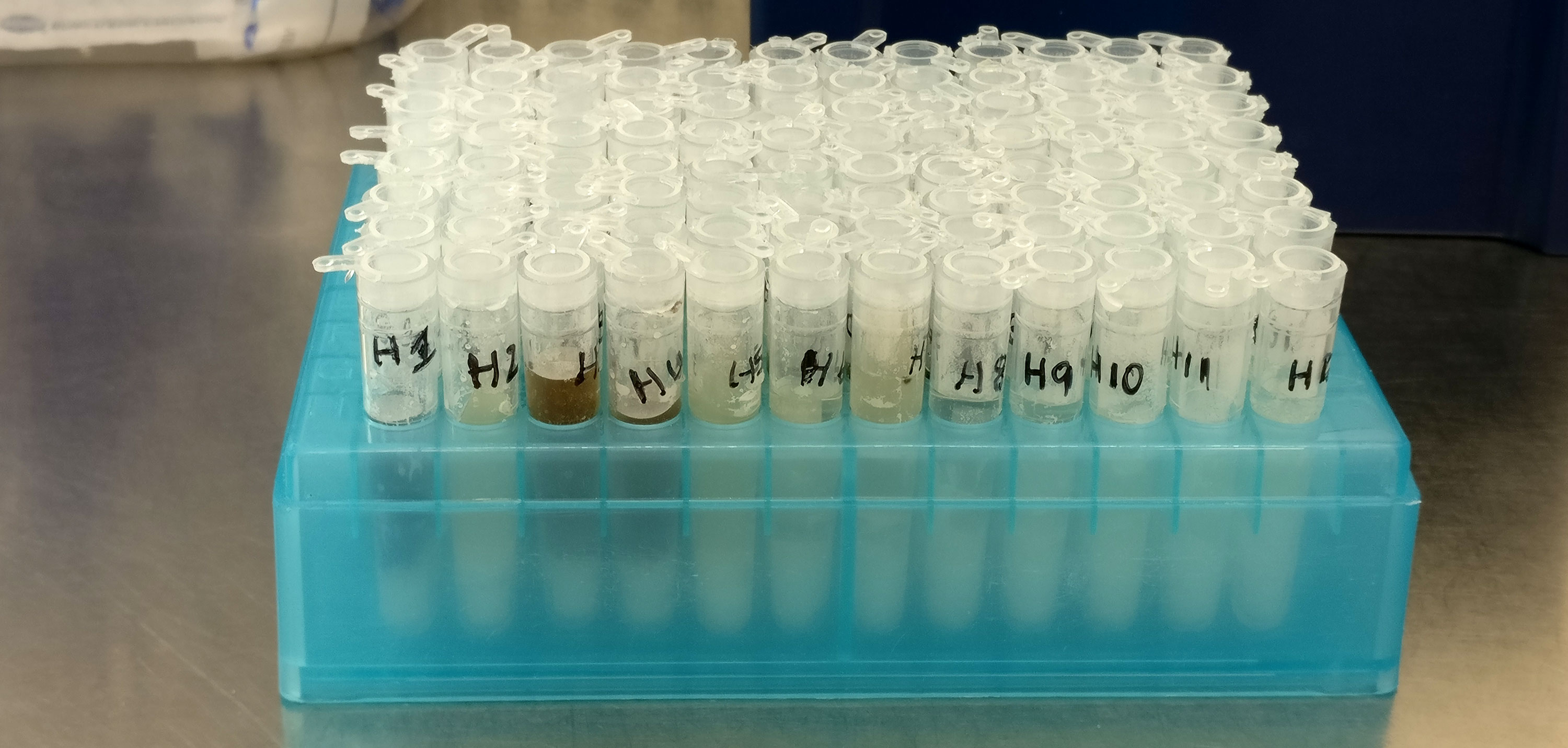
How does aquatic fungi conservation compare to other current conservation activities?
Aquatic Fungi are microscopic, the number of experts studying them is small, and historically, the approaches used to study aquatic fungi were extremely labor intensive.
As a consequence, to date there are zero aquatic fungi among the more than 35,000 species from freshwater and estuaries on the International Union for Conservation of Nature (IUCN) Red List of Threatened Species, nor are they included in similar assessment processes elsewhere - in short, the data needed to support their conservation are not yet available.
Aquatic fungi have become a priority for increased study and conservation attention, and recently featured - together with other freshwater species - in an IUCN Species Survival Commission report on freshwater species and threat.
Aquatic fungi have become a priority for increased study and conservation attention, and recently featured - together with other freshwater species - in an IUCN Species Survival Commission report on freshwater species and threat.

Isolating aquatic fungi for culturing
Photo: Andreas Bruder
Photo: Andreas Bruder

Culture collection of aquatic fungi
Photo: Isabel Fernandes
Photo: Isabel Fernandes
FUNACTION
Aquatic Fungal Biodiversity
Funaction brings together scientists and conservationists from Europe and the USA in a transnational consortium to enhance understanding of aquatic fungi diversity and devise conservation strategies.
Aquatic Fungal Biodiversity
Funaction brings together scientists and conservationists from Europe and the USA in a transnational consortium to enhance understanding of aquatic fungi diversity and devise conservation strategies.
Contact
jennifer.anderson@slu.se
jennifer.anderson@slu.se